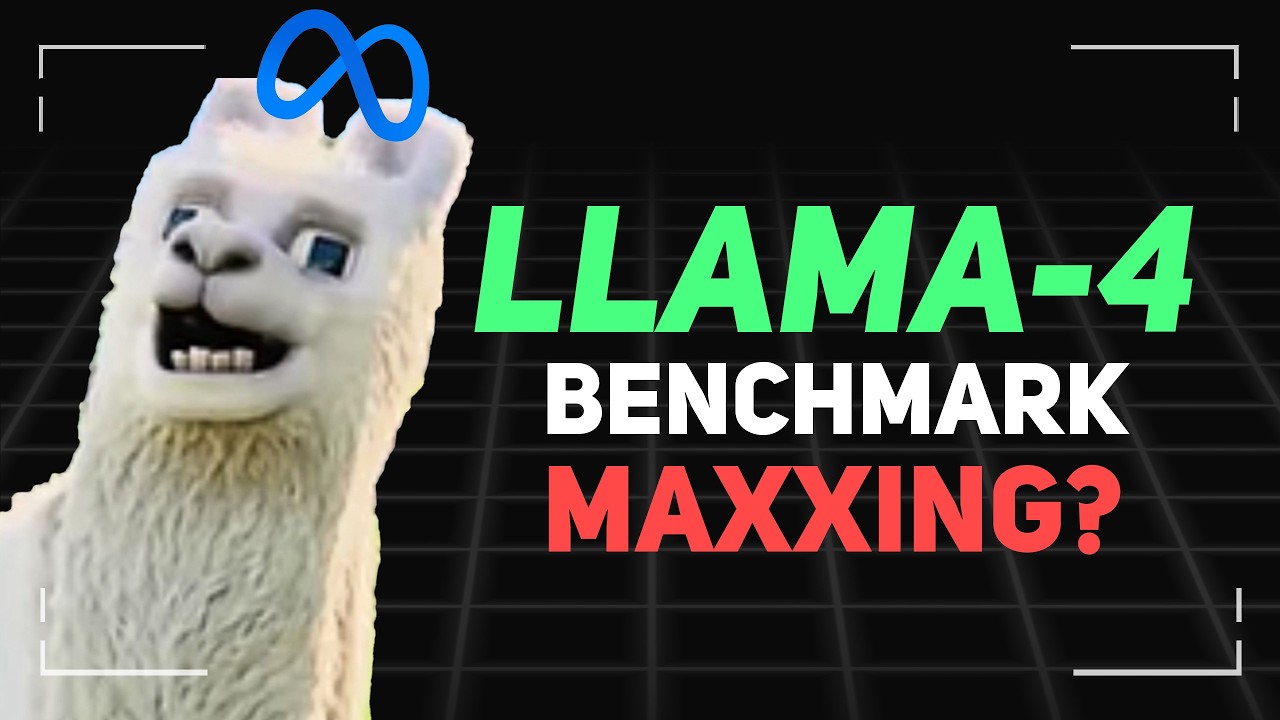Meta’s Llama-4, a significant upgrade featuring a mixture of experts model with up to 2 trillion parameters, boasts an impressive context window of 10 million tokens but has faced criticism for its benchmark accuracy and poor instruction-following abilities. Despite its advanced capabilities, users have reported issues with basic tasks, leading to concerns about its reliability, though there is cautious optimism for future improvements through community-driven efforts.
Meta has recently released Llama-4, a significant upgrade from its predecessor, Llama-3, which was launched a year ago. Llama-4 features a mixture of experts model with three variants: Llama for Scout, which has 109 billion parameters and 17 billion active parameters; Llama for Maverick, boasting 400 billion parameters and also 17 billion active parameters; and Llama for Behemoth, a massive 2 trillion parameter model currently still in training. The new models are designed to activate only a fraction of their parameters at a time, allowing for more efficient computation while retaining extensive knowledge.
One of the standout features of Llama-4 is its innovative attention technique, which allows for a context window of up to 10 million tokens—significantly larger than most existing models. This capability is expected to enhance the model’s performance in tasks requiring long-context understanding. However, despite these advancements, the release has sparked controversy due to concerns over benchmark accuracy and the model’s instruction-following abilities. Some users have reported that Llama-4 struggles with basic tasks, raising questions about its reliability.
The video also highlights the differences between Llama-4 and other models like Gemini and GPT-4, noting that while Llama-4 is multimodal and trained on both text and images, it currently lacks the ability to generate images. The benchmarks for Llama-4 show impressive scores, but there are allegations of potential inaccuracies in Meta’s reported results, with some critics suggesting that the company may have trained on test data to achieve favorable outcomes. Meta representatives have denied these claims, asserting that any discrepancies are likely due to implementation errors.
Despite its high benchmark scores, Llama-4 has been criticized for its poor performance in instruction-following tasks, with reports indicating that it fails to adhere to simple formatting instructions. This has led to disappointment among users who expected a more robust performance, especially given the model’s advanced capabilities. Additionally, while Llama-4 excels in certain areas, such as vision understanding, its overall performance in practical applications has raised concerns.
The video concludes with a cautious optimism for the future of Llama-4, suggesting that further optimizations and fixes may be introduced in future updates. The open-source nature of the model allows for community-driven improvements, which could enhance its functionality over time. The presenter encourages viewers to stay tuned for more technical details and updates, emphasizing the importance of ongoing research and development in the rapidly evolving field of AI.
